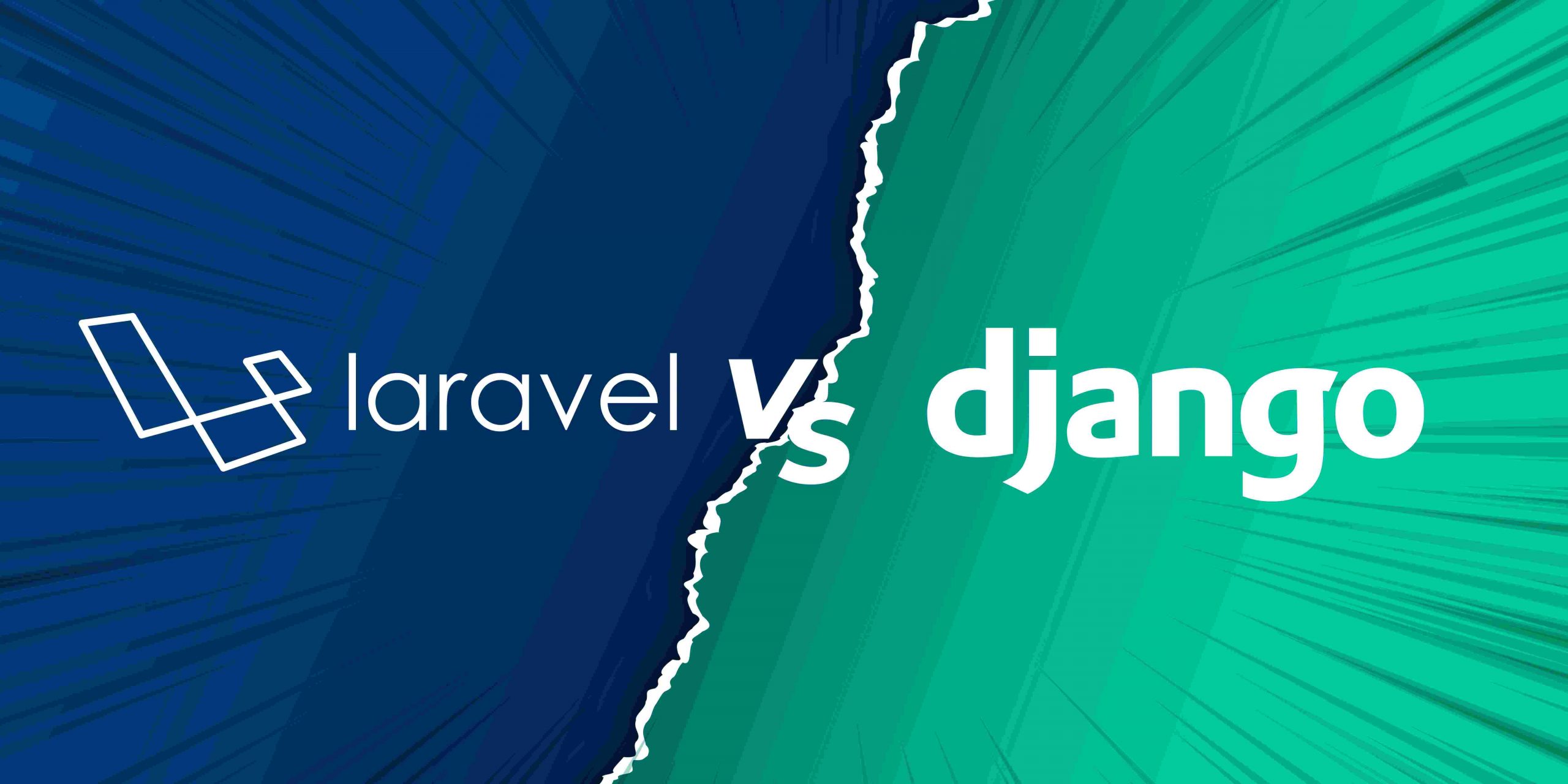Value streams have been a central tenet of Lean thinking for decades, starting with Toyota and the Lean Manufacturing movement, and are now widely adopted across industries. Despite this, many businesses still need to harness the full potential of value streams to drive organizational change and achieve greater efficiency and effectiveness. Instead, they may focus narrowly on metrics like team velocity or production pipeline speed, missing the broader picture of the end-to-end system.
In modern product development, understanding value streams is crucial to optimizing our ways of working and delivering value to customers. By mapping the path to value, we can gain visibility into our processes and identify improvement areas, such as code deployment bottlenecks or mismatches between personnel and roles.
In this blog, we will explore the concept of value stream mapping and its role in actualizing the purpose of DevOps transitions. We’ll debunk common myths and misunderstandings around value stream mapping and introduce principles to help you succeed in this activity and beyond. Whether you’re a seasoned DevOps practitioner or just starting on your journey, you will want to take advantage of this opportunity to unlock the holy grail of Agile-DevOps value stream hunting.
What Is Value Steaming, and Why the Path to Value Streaming Is Quintessential for Your Agile-DevOps Journey?
Value stream mapping is the process of analyzing and improving the flow of value to customers by mapping out the end-to-end process, from idea to delivery. Understanding value streams and mapping the path to value streaming is essential for any Agile-DevOps journey.
Consider a software development team struggling to deliver value to customers efficiently in real-life scenarios. They may focus on completing tasks and meeting deadlines but only take a holistic view of the entire process. Through value stream mapping, they can identify bottlenecks in the development process, such as long wait times for testing or approval processes, and adjust and streamline the flow of value to customers.
Value stream mapping is quintessential to an Agile-DevOps journey because it helps teams understand how their work fits into the larger picture of delivering value to customers. By mapping out the entire process, teams can see where delays occur, where handoffs are inefficient, and where there is room for improvement.
Consider a DevOps team struggling to smoothly integrate code changes into the production environment. Through value stream mapping, they may discover that their testing process could be more time-consuming or that there are too many manual steps in the deployment process. By identifying these inefficiencies, they can automate testing and deployment, leading to faster value delivery to customers.
By taking a holistic view of the entire process, teams can identify inefficiencies, reduce waste, and deliver customer value more efficiently and effectively.
Value stream mapping helps organizations identify and eliminate inefficiencies in their processes, leading to the faster, more efficient delivery of value to customers. Following are some more examples:
- A financial services company wants to improve the time it takes to process customer loan applications. Through value stream mapping, they discover that there are long wait times between different departments and multiple handoffs that slow down the process. By identifying these inefficiencies, they can redesign the operation to eliminate unnecessary steps and reduce wait times, resulting in faster loan processing and improved customer satisfaction.
- A healthcare organization wants to improve patient care by reducing the time it takes for lab results to be processed and returned to the doctor. Through value stream mapping, they discover that there are too many manual steps in the lab testing process and bottlenecks in the information flow between departments. By redesigning the process to automate testing and improve communication, they can reduce the time it takes to process lab results, leading to faster patient diagnosis and treatment.
- A software development company wants to improve the quality of its code releases. Through value stream mapping, they discover that multiple handoffs between development, testing, and operations teams lead to errors and delays. By redesigning the process to automate testing and improve communication between teams, they can reduce the time it takes to identify and fix bugs, resulting in higher-quality code releases and happier customers.
Embarking a Lightweight Quest to Value Stream Mapping for Agile-DevOps Teams
A lightweight approach to value stream mapping can help Agile-DevOps teams to streamline their processes, improve efficiency, and deliver value to their customers more quickly. By avoiding unnecessary complexity and focusing on the most critical areas of the process, teams can achieve success and stay competitive in today’s fast-paced business environment.
A lightweight approach means using simple tools and methods to map out your processes instead of getting bogged down in complex and time-consuming activities. This approach can be particularly beneficial for Agile-DevOps teams, often focused on delivering value quickly and efficiently.
By taking a lightweight approach, teams can focus on identifying the most critical areas of the process that need improvement and acting quickly to address them.
A lightweight approach also allows for greater flexibility and agility, which is essential in the fast-paced world of Agile-DevOps. Teams can quickly adapt and adjust their value stream mapping activities as needed to stay aligned with their goals and objectives.
Busting the Myths and Misconceptions: The Truth About Value Streams and Value Stream Mapping
Some common myths and misconceptions about value streams and value stream mapping include the idea that they are only relevant to manufacturing or physical products, that they are too complex and time-consuming to implement, or that they are only helpful for large organizations.
However, the truth is that value streams and value stream mapping can be applied to any industry or process, regardless of its size or complexity. Instead, they provide a holistic view of the end-to-end process, allowing teams to identify and address bottlenecks, reduce waste, and improve efficiency.
Another misconception is that value stream mapping is a one-time activity, but in reality, it should be an ongoing process that evolves with the organization’s needs and goals. It’s also optional to completely understand all the processes upfront. It’s perfectly acceptable to start with a smaller scope and build on that as needed.
By busting these myths and misconceptions, teams can better understand the actual value of value stream mapping and how it can be a valuable tool in their Agile-DevOps journey. They can avoid unnecessary complexity and focus on the critical areas of the process that need improvement. Ultimately, this will lead to a more efficient and effective operation and better customer value delivery.
Unlocking Business Excellence: Maximize the Benefits of Agile-DevOps Value Stream Mapping Using 8 Lean Principles
If you want to take your Agile-DevOps team to the next level, then unlocking business excellence with Agile-DevOps value stream mapping and eight Lean principles is the way to go.
Value stream mapping (VSM) is a Lean tool that visually represents the process steps required to deliver value to customers. The VSM process identifies bottlenecks, waste, and opportunities for improvement in the value stream. In addition, it helps Agile-DevOps teams to focus on value-added activities and eliminate non-value-added activities, resulting in reduced lead time, improved quality, and increased customer satisfaction.
To maximize the benefits of VSM, Agile-DevOps teams should follow eight Lean principles. These principles are:
- Define value from the customer’s perspective: Identity what your customers consider valuable and focus your efforts on delivering that value.
- Map the value stream: Create a visual representation of the entire value stream, from idea to delivery, to identify inefficiencies and opportunities for improvement.
- Create flow: Eliminate waste and create a smooth workflow through the value stream to improve delivery time.
- Implement pull: Use customer demand to drive work and avoid overproduction.
- Seek perfection: Continuously improve the value stream to eliminate waste and improve efficiency.
- Empower the team: Provide your Agile-DevOps team with the tools, resources, and authority they need to succeed.
- Practice Lean leadership: Create a culture of continuous improvement and empower your team to drive change.
- Respect people: Treat your team members respectfully and create a positive work environment encouraging collaboration and innovation.
By implementing these eight Lean principles, Agile-DevOps teams can unlock business excellence and deliver superior customer value.
Deploying the Power of Principles: Succeeding in Value Stream Mapping in a Lightweight Way and the Horizons Beyond
By embracing a lightweight approach and deploying the power of Lean principles, organizations can succeed in value stream mapping and achieve business excellence.
The lightweight approach enables organizations to identify areas that need improvement, break down silos, and facilitate collaboration across teams, thus unlocking the true potential of value stream mapping. It also helps organizations to sustain their efforts and continue to make improvements in the long run.
By embracing the eight Lean principles, organizations can achieve business excellence by continuously improving their value stream and delivering value to their customers. These principles include creating customer value, mapping the value stream, establishing flow, implementing pull, seeking perfection, embracing scientific thinking, empowering teams, and respecting people.
So, if you’re looking to unlock the true potential of your Agile-DevOps transition, take advantage of value stream mapping. Don’t wait; take the first step towards success, start your value stream mapping (VSM) journey today, and take your Agile-DevOps team to the next level!
Source link








Leave a Reply